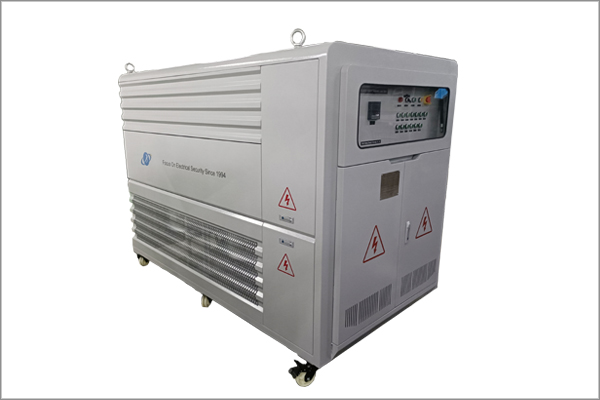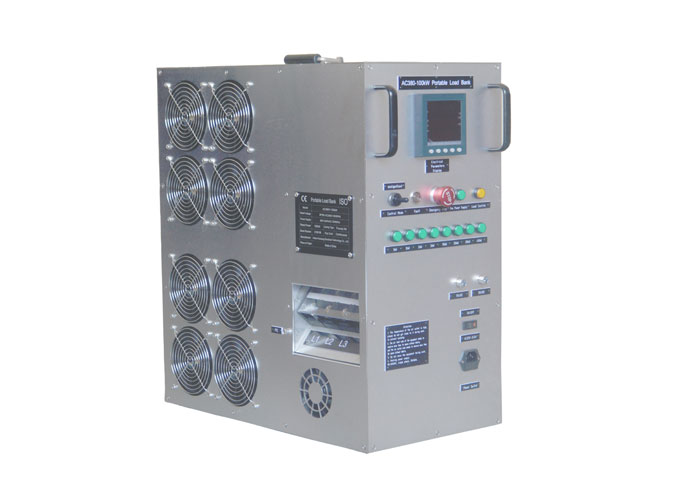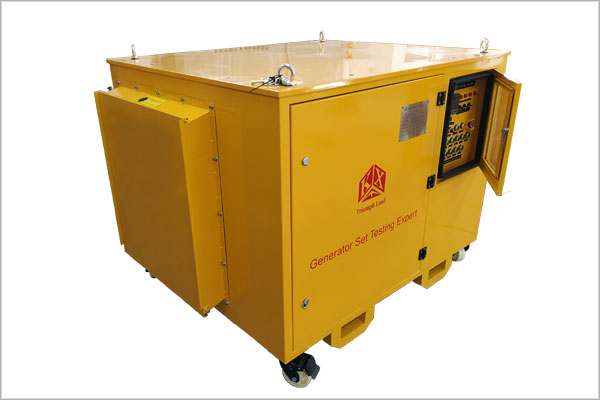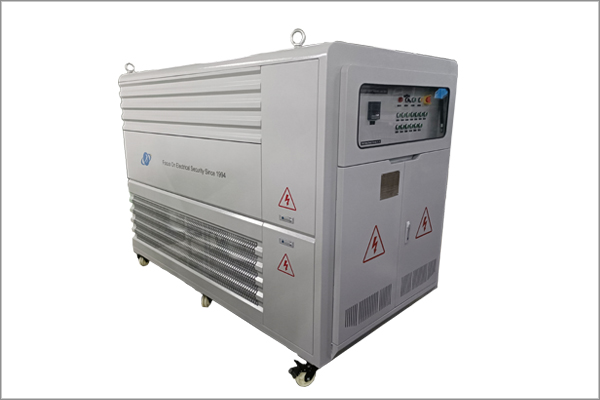The role of generator steady-state load test
Time:2024-04-11
Generator is an indispensable and important equipment in modern industry, business and residential life, which provides us with a stable power supply. However, in order to ensure the normal operation and efficient performance of the generator, it is essential to perform regular steady-state load tests on it. This article will delve into the role of generator steady-state load testing in order to better understand its importance in generator maintenance and management.
1. Ensure stable generator performance
The steady-state load test is a comprehensive test of the performance of a generator by simulating its load in actual operation. Through this test, we can evaluate whether the voltage, current, power factor and other parameters of the generator are stable under different load conditions, and whether they meet the design requirements. This is of great significance to ensure that the generator can output power stably in actual operation and avoid voltage fluctuation and current overload.
Second, check the thermal performance of the generator
The generator will generate heat during operation, if the heat dissipation is poor, it may cause the generator temperature to be too high, which affects its performance and life. Steady-state load testing can check that the cooling system and cooling unit of the generator are operating properly by continuously running the generator and observing its temperature change. In addition, the test can also reveal the thermal stability of the generator during long-term high load operation, which provides an important basis for preventing potential thermal failures.
3. Evaluate the generator efficiency
The steady-state load test can accurately measure the output power and input power of the generator under different load conditions, so as to calculate its efficiency. This helps to find out the energy loss during the operation of the generator, and then take targeted measures to improve the power generation efficiency. By optimizing the design and operating parameters of generators, energy consumption and operating costs can be reduced and sustainable development can be achieved.
Fourth, predict the generator life
Through the steady-state load test, it is possible to observe the performance change of the generator during the long operation, so as to predict its remaining life. This is essential to develop a proper maintenance schedule and replacement cycle. Timely replacement of aging generators can avoid power interruption and loss caused by equipment failure, and ensure the stable operation of the power system.
Fifth, improve the reliability and safety of generators
The steady-state load test can find the potential faults and hidden dangers of the generator, such as winding short circuit, insulation aging and so on. By repairing these faults in time, the reliability and safety of generators can be significantly improved, and the risk of safety accidents caused by equipment failures can be reduced. In addition, regular steady-state load testing can also help users understand the actual operation of the generator, and provide a basis for formulating a reasonable maintenance strategy.
In summary, generator steady state load test plays an important role in generator maintenance and management. This test ensures generator performance stability, checks thermal performance, evaluates efficiency, predicts life, and improves reliability and safety. Therefore, in order to ensure the stable operation of the power system and reduce the operating cost, it is recommended to carry out regular steady-state load test on the generator. At the same time, the user should also formulate the corresponding maintenance plan according to the test results, timely detection and treatment of potential problems, to ensure that the generator is always in the best operating state.
News Recommendation
-
 2023-04-21
2023-04-21TRIUMPH LOAD EXHIBITING AT DATA CENTER WORLD GERMANY 2023-BOOTH F909
-
 2023-04-06
2023-04-06TRIUMPH LOAD EXHIBITING AT ELECTRIC POWER TECH KOREA 2023 – Booth G109
-
 2022-05-05
2022-05-05What is the role of ac load bank for power supply?
-
 2022-05-05
2022-05-05What is the role of the load bank?
-
 2022-03-22
2022-03-22The importance of daily inspection and maintenance of load bank


